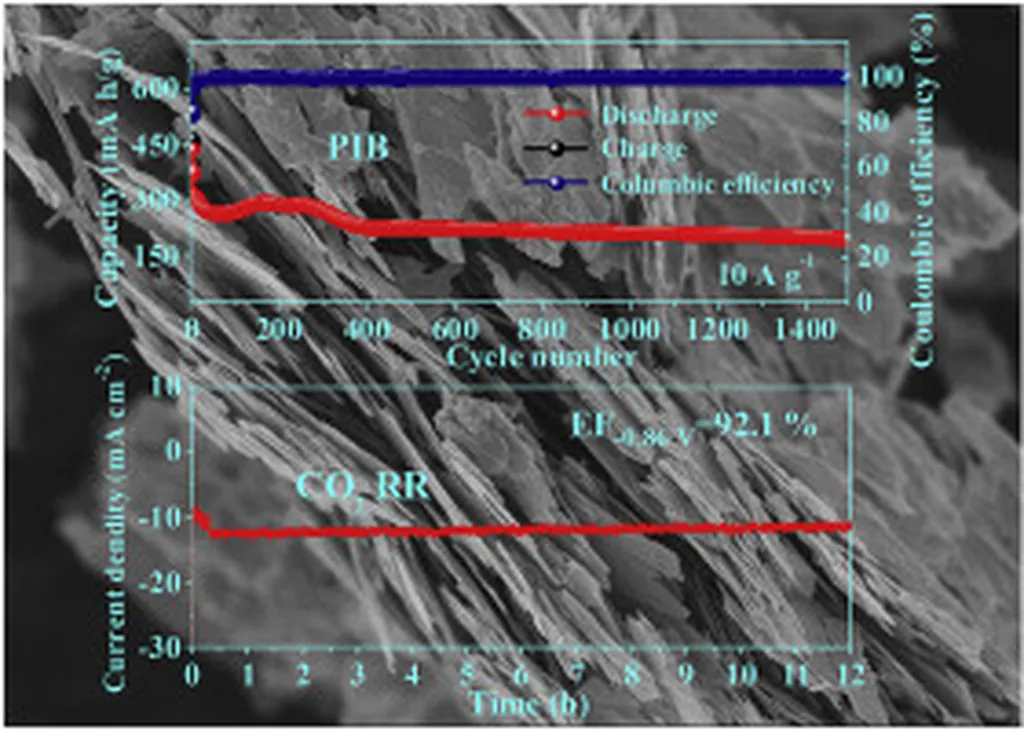In the ever-evolving landscape of energy technology, a groundbreaking study has emerged that could significantly impact the photocatalysis sector. Published in the esteemed journal ACS Materials Au—translated to English as “ACS Materials Gold”—this research introduces a novel method for synthesizing bismuth oxide nanosheets using mechanochemical aging. The lead author, Delaney J. Hennes, whose affiliation is not specified, has opened new avenues for enhancing the efficiency of photocatalytic processes, a critical component in renewable energy applications.
Photocatalysis, the process by which light energy is used to drive chemical reactions, has long been a focal point for researchers aiming to develop sustainable energy solutions. Traditional methods for creating bismuth oxide nanosheets have often been complex and costly, limiting their widespread adoption. However, Hennes’ innovative approach leverages mechanochemical aging, a process that involves mechanical energy to induce chemical reactions, to produce these nanosheets more efficiently and at a lower cost.
“This method not only simplifies the synthesis process but also enhances the performance of the nanosheets in photocatalytic applications,” Hennes explained. “By optimizing the conditions under which these reactions occur, we can achieve higher yields and better quality materials, which are essential for commercial-scale applications.”
The implications of this research are far-reaching. In the energy sector, photocatalysis is crucial for applications such as water purification, hydrogen production, and air purification. The development of more efficient and cost-effective bismuth oxide nanosheets could revolutionize these processes, making them more accessible and scalable. This could lead to significant advancements in renewable energy technologies, contributing to a more sustainable future.
Moreover, the mechanochemical aging synthesis method could inspire further innovations in materials science. As researchers continue to explore the potential of this approach, new materials and applications may emerge, further driving progress in the field. “The beauty of this method lies in its versatility,” Hennes noted. “It can be adapted to synthesize a variety of materials, not just bismuth oxide, opening up new possibilities for research and development.”
As the energy sector continues to evolve, the need for efficient and sustainable technologies becomes increasingly pressing. The research published in ACS Materials Au represents a significant step forward in addressing these challenges. By providing a more efficient and cost-effective method for producing bismuth oxide nanosheets, Delaney J. Hennes has paved the way for advancements that could shape the future of photocatalysis and renewable energy.

